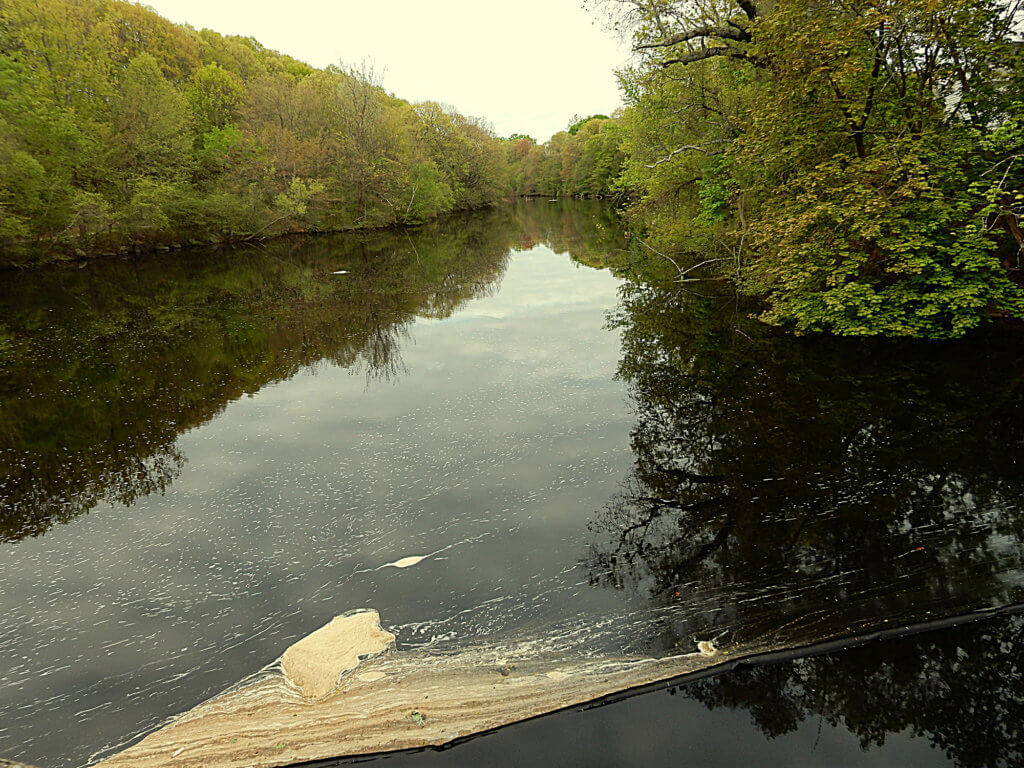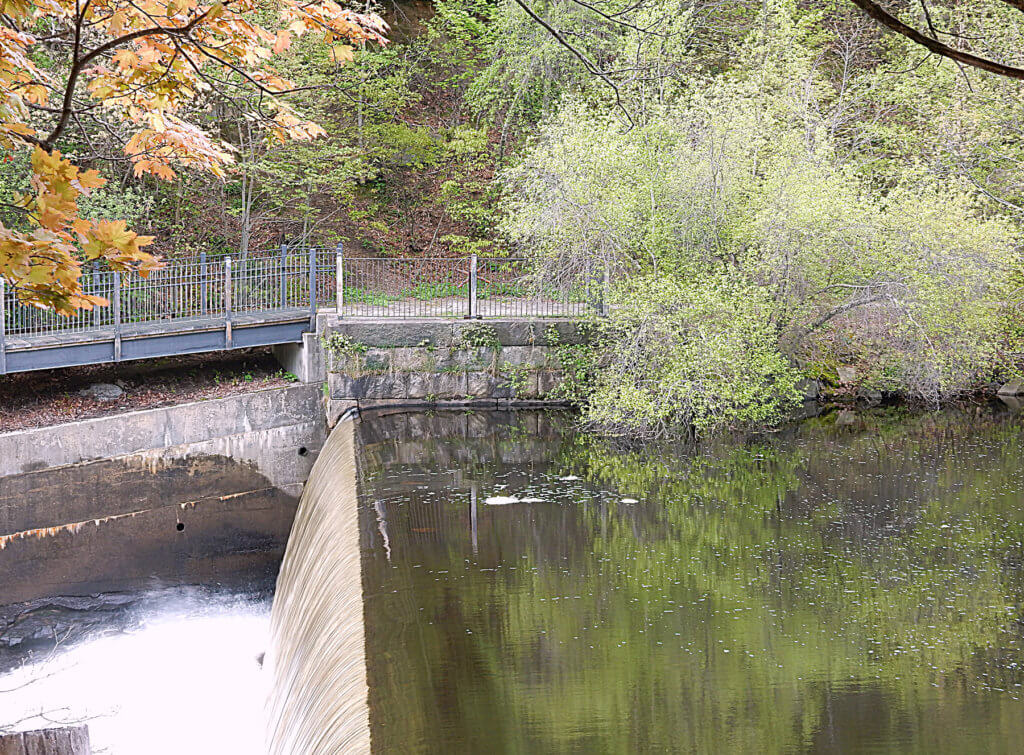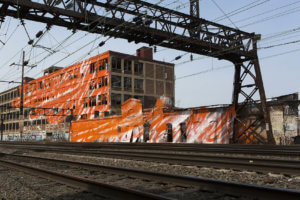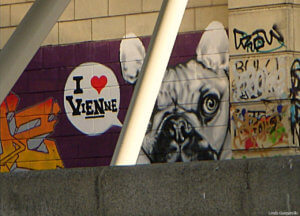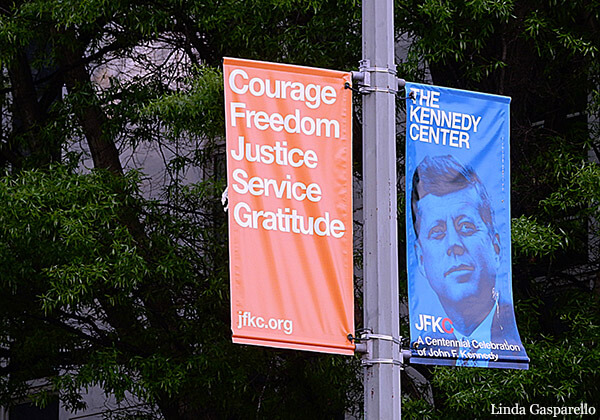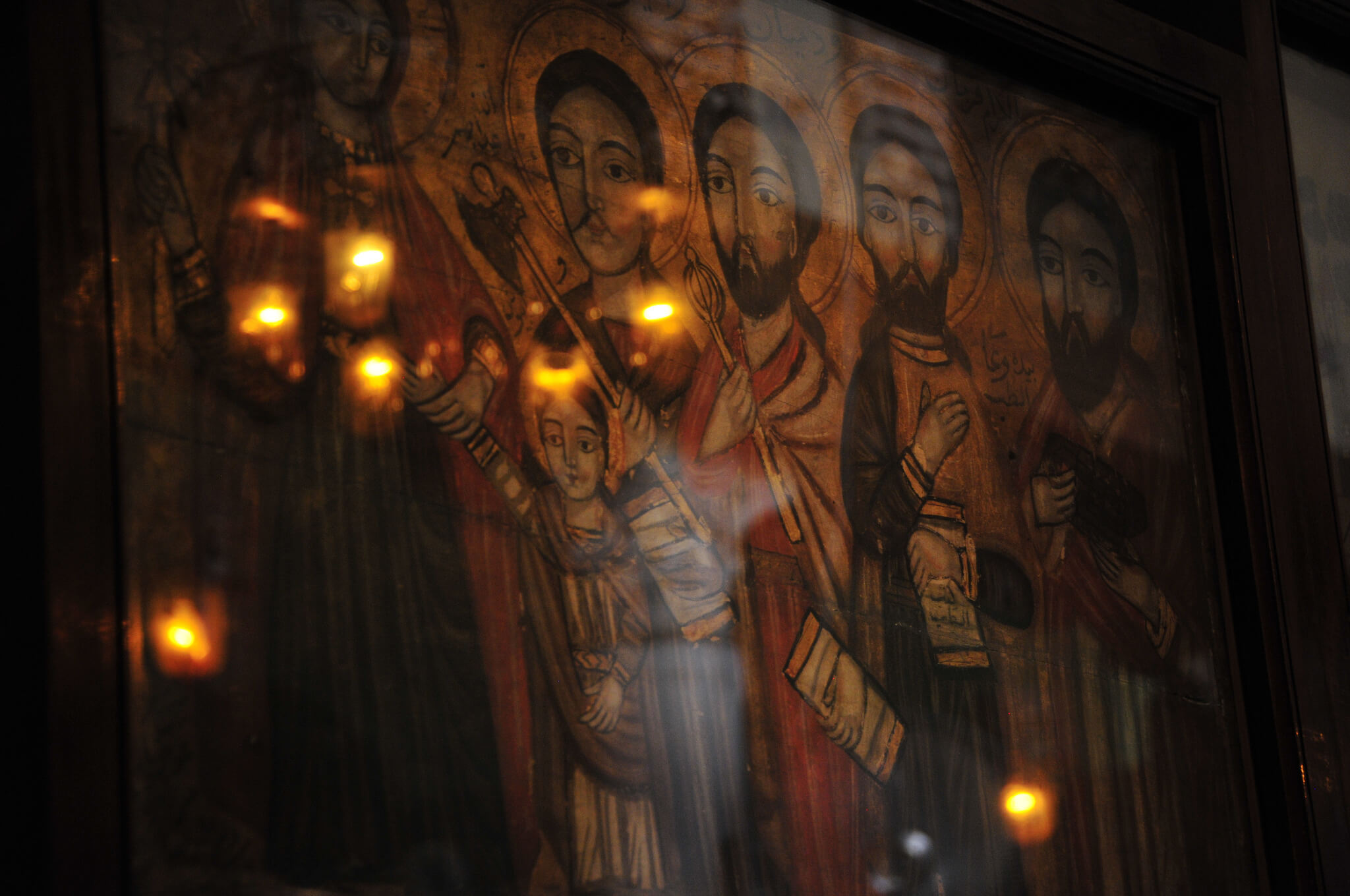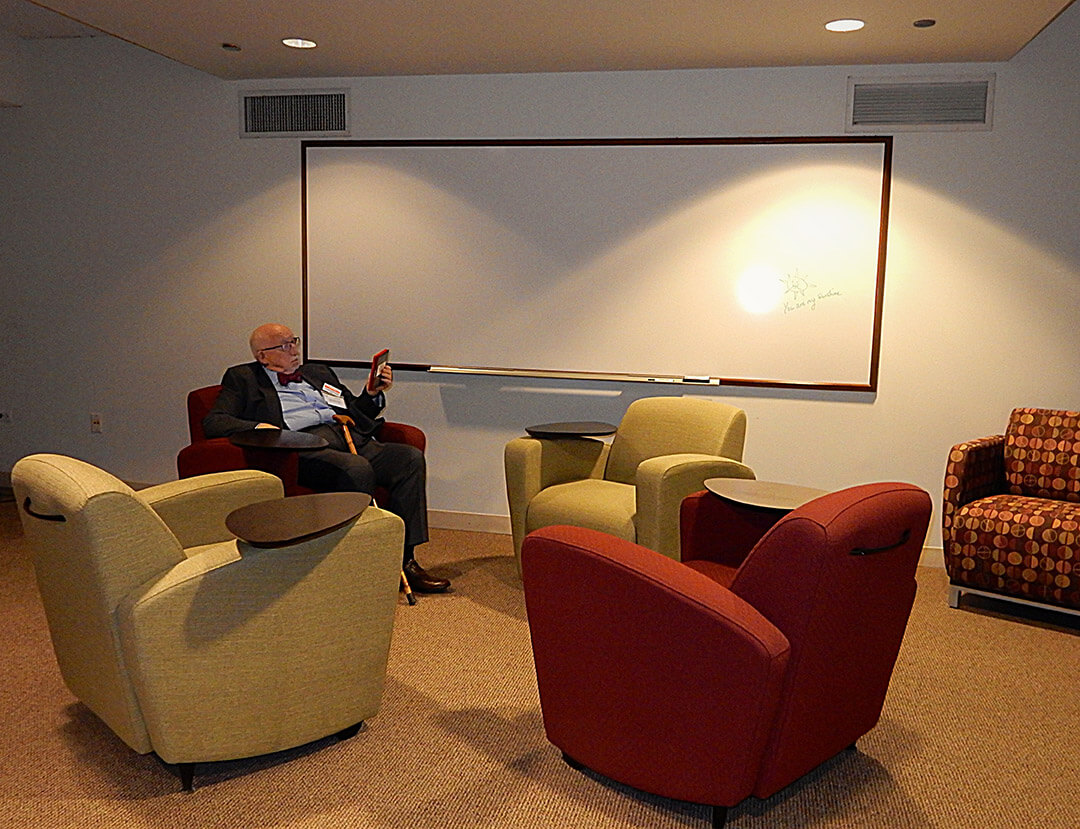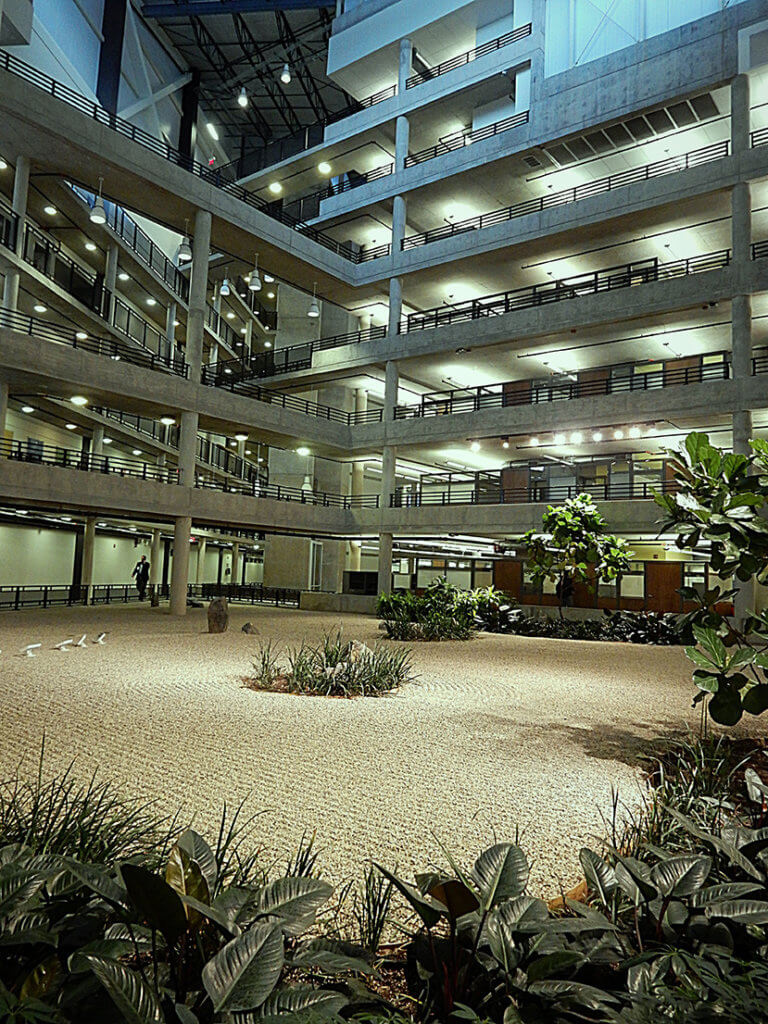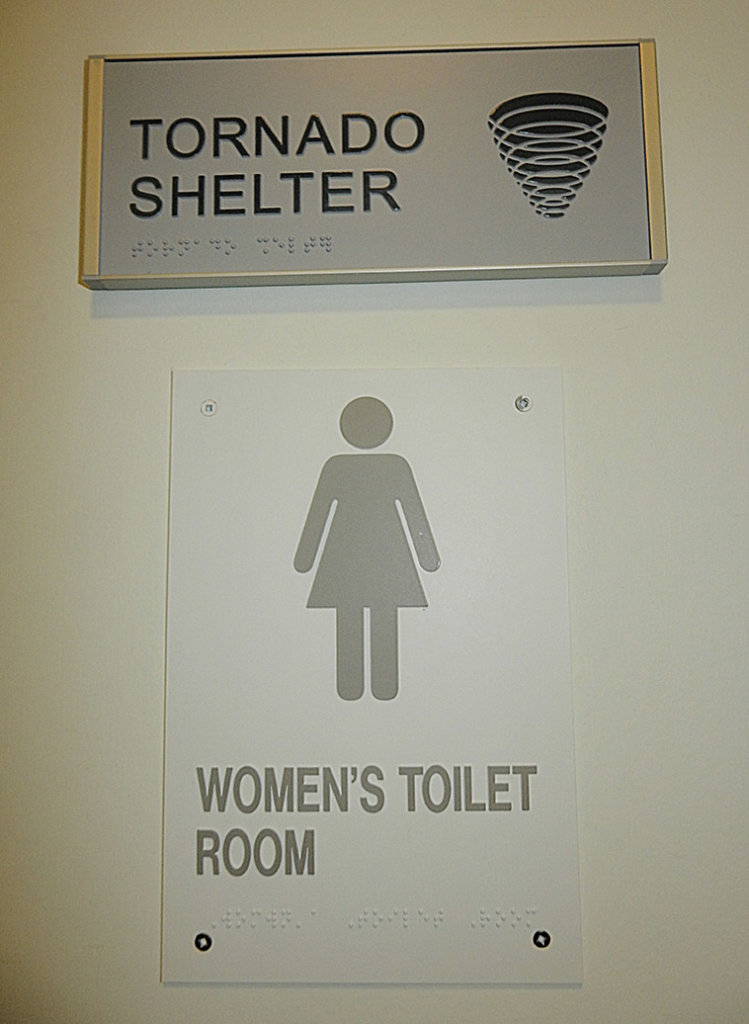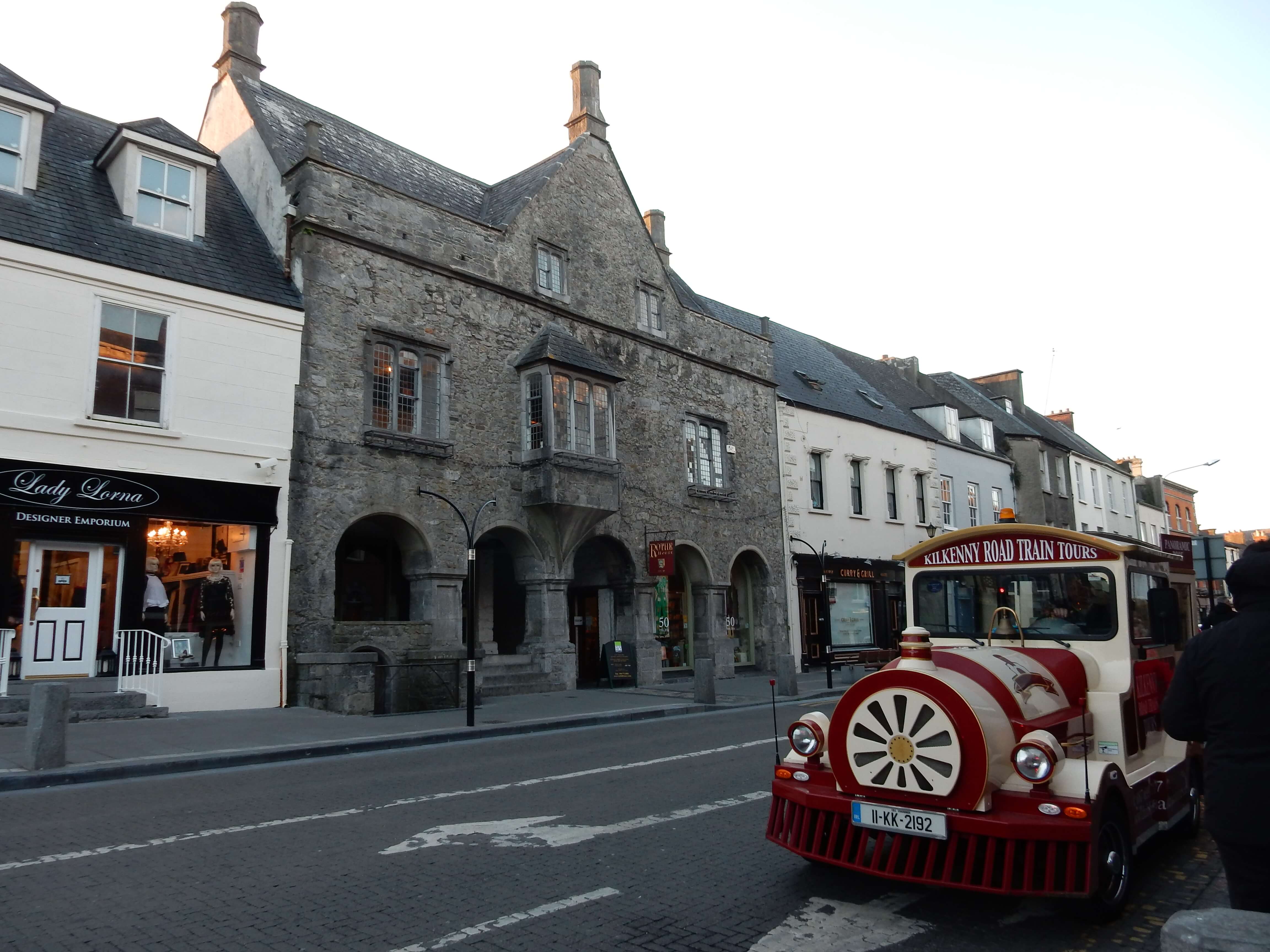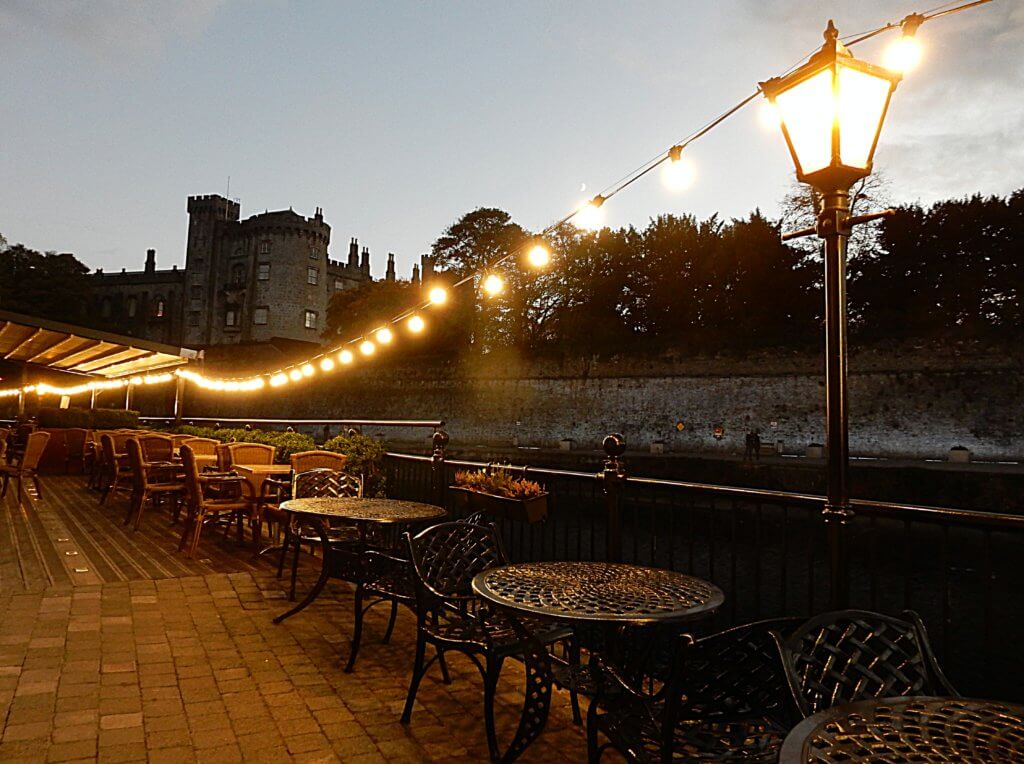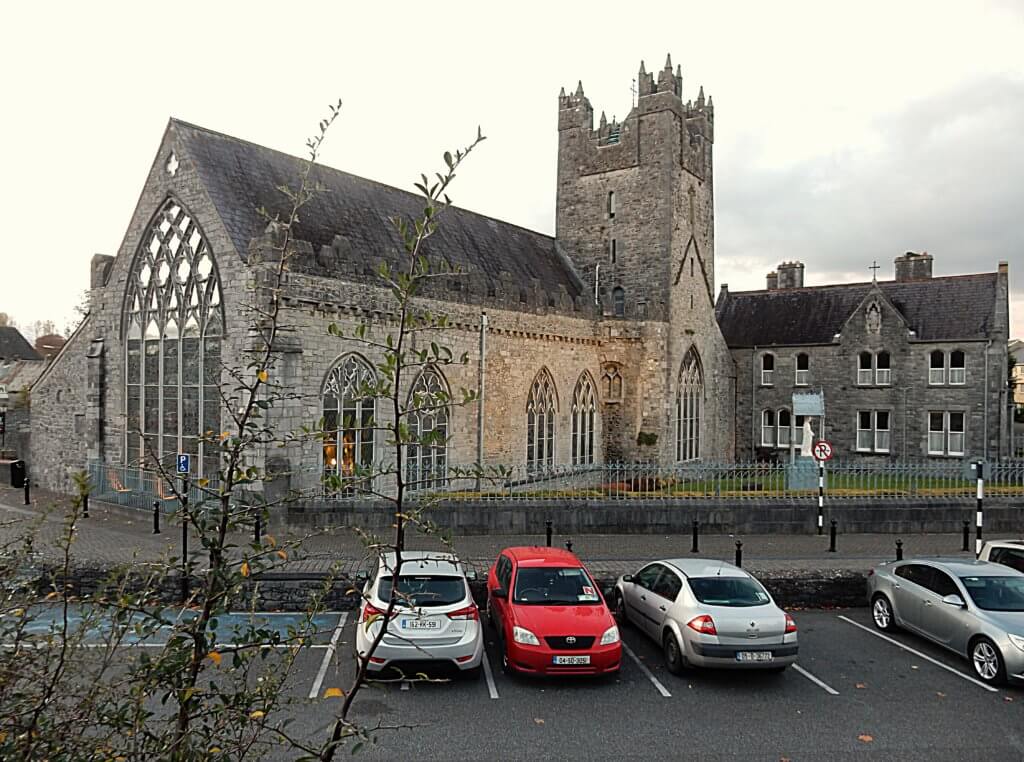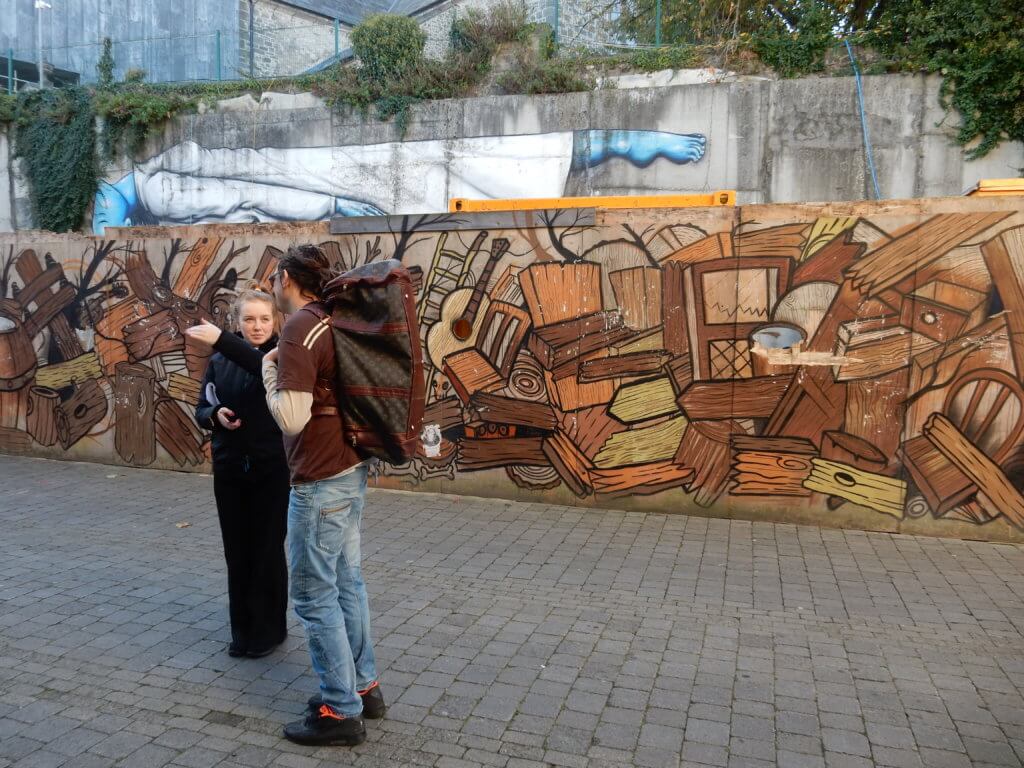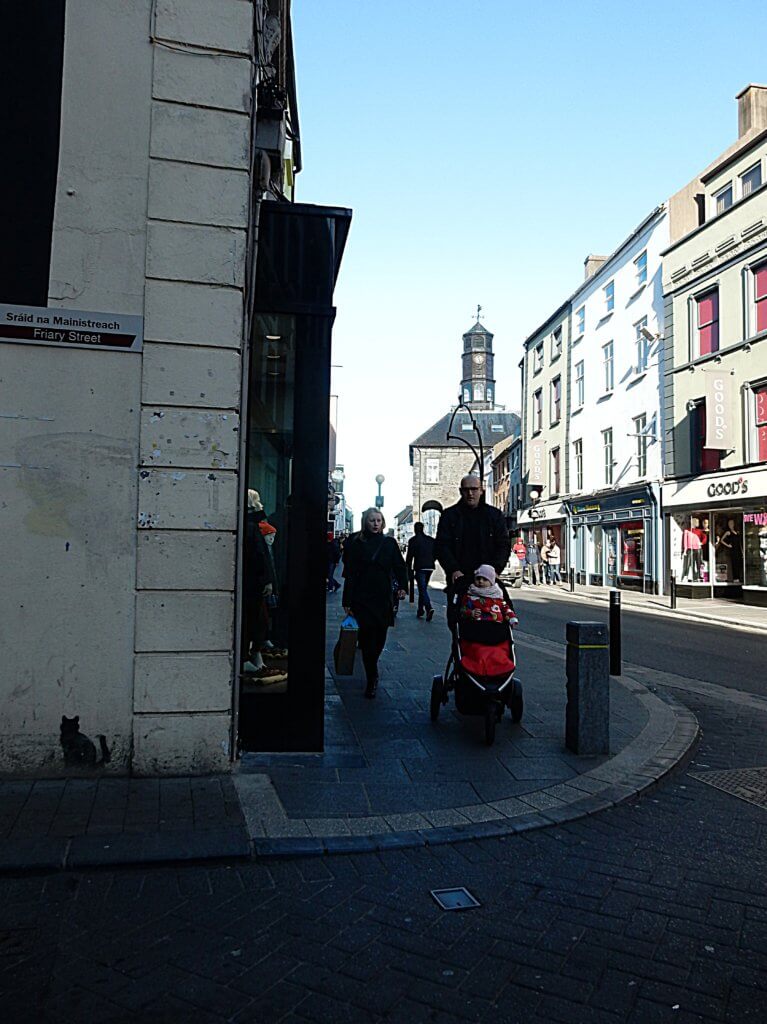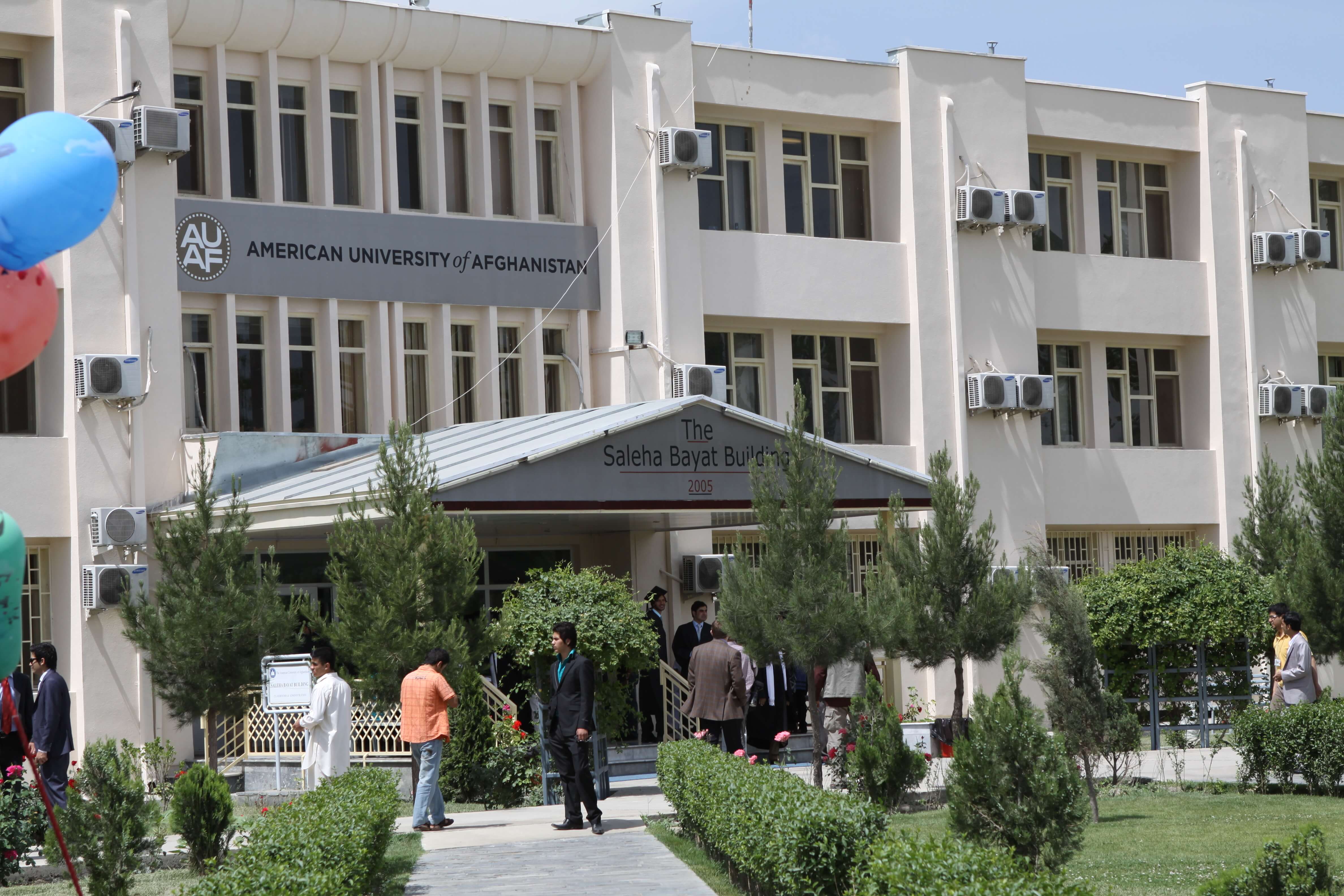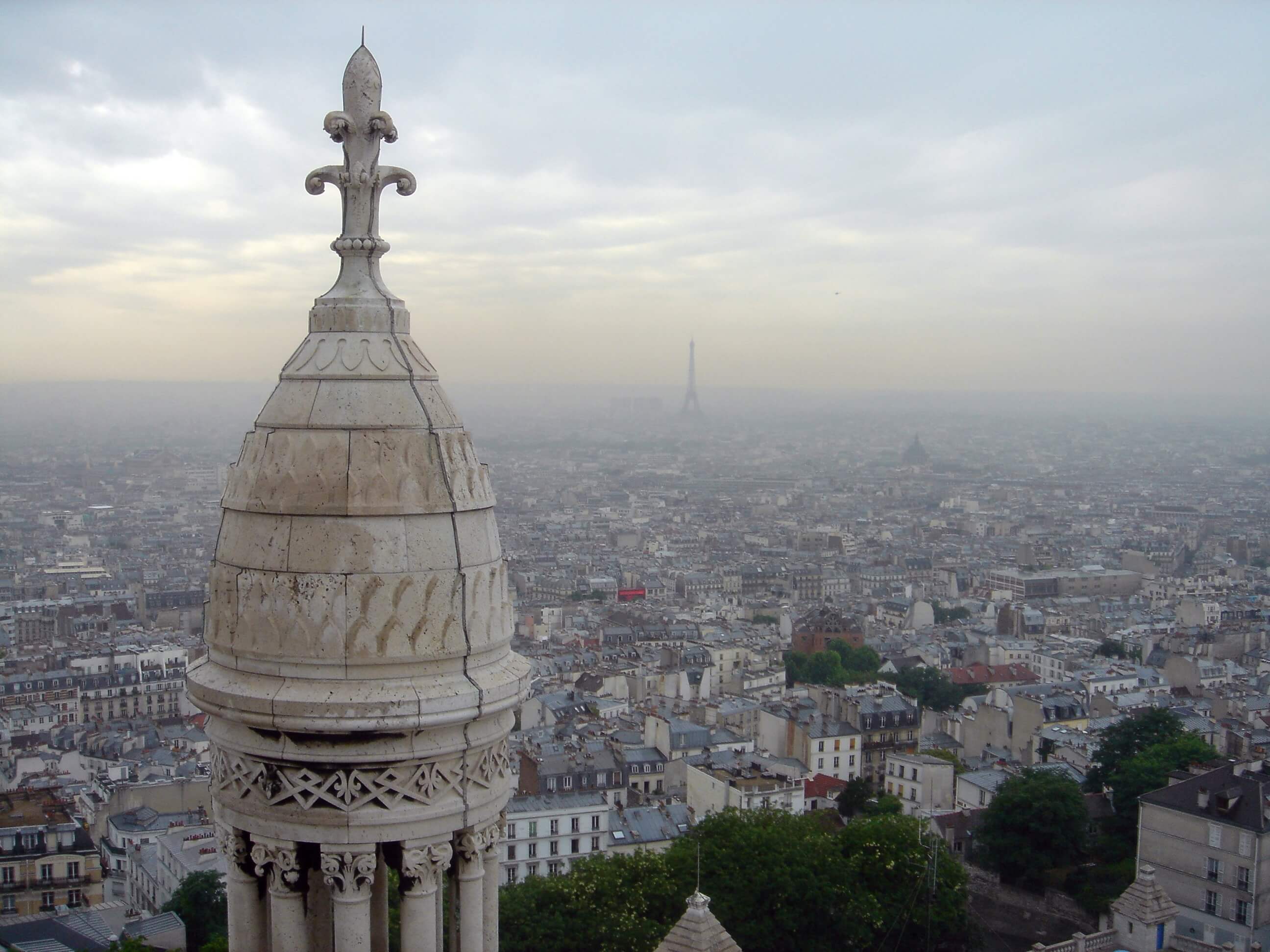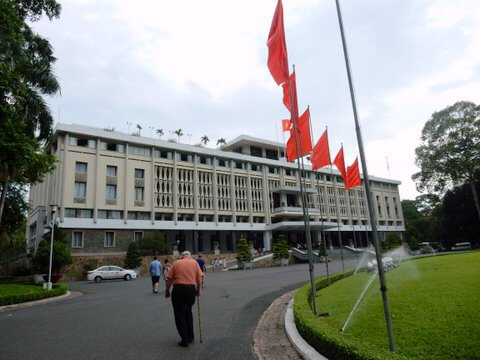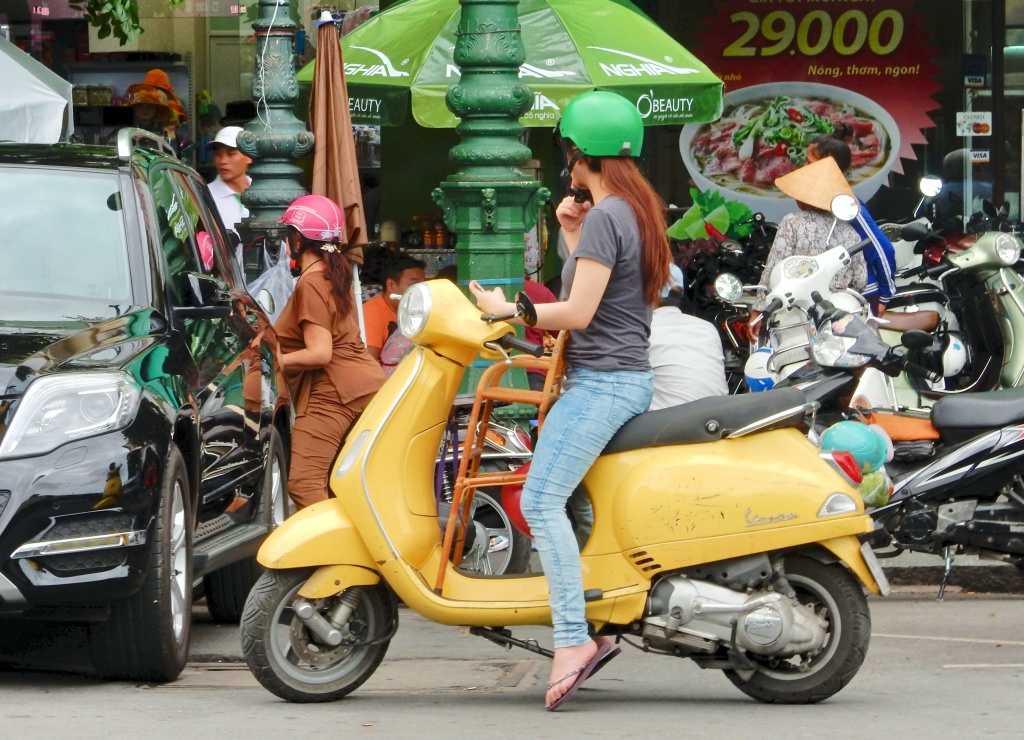Joe Mathieu, who for the past six years has been a drive-time news anchor, from 5 a.m. to 10:30 a.m., on WBZ NewsRadio 1030 is moving to WGBH’s “Morning Edition” as the anchor, replacing Bob Seay. Seay will concentrate, according to the NPR station, on enterprise reporting. Probably on sleeping in as well. Drive-time hours are brutal.
On a personal note, I’m delighted. I met Joe when he was putting together the very successful POTUS ’08 channel on SiriusXM Radio. While the channel was supposed to run just for the length of the 2008 presidential campaign, it was so popular that it was made permanent.
Originally, the channel took its title from POTUS, an abbreviation for President of the United States (first used in the late 1800s in telegraphic communications). It dropped the year in its title and defined POTUS as “Politics of the United States.”
I’m glad not only to be a regular commentator on POTUS, Channel 124, but also that it airs the audio from my PBS program, “White House Chronicle,” four times weekends.
My presence there is all due to the days when Joe was the impresario of the channel. I’m indebted to him.
But despite the national reach of his Washington commitments, Joe yearned for his native Boston. He told me he began his career in broadcasting at 14 years old. He graduated from Emerson College, renowned for its arts and communications programs.
I’m glad of the new assignment, not because WBZ is anything but an excellent public service in Boston, but because the new venue will provide more room for Joe’s extraordinary talents as a broadcaster, a political analyst and, his special mastery, as an interviewer.
On the downside, Joe won’t get any more sleep: his WGBH anchor slot, beginning in August, starts at 5 a.m. As a longtime newspaperman and broadcaster, I can tell you about those hours: They’re tough.
Applause for a Table and Its Donors – the Show, too
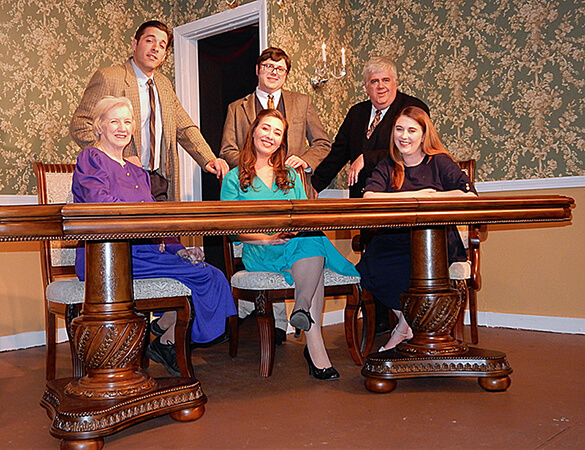 The Arctic Playhouse, the little not-for-profit theater, located on the main street of Arctic Village in West Warwick, R.I., has a table for you.
The Arctic Playhouse, the little not-for-profit theater, located on the main street of Arctic Village in West Warwick, R.I., has a table for you.
Well, it is raffling a magnificent dining-room table, matching upholstered chairs, a sideboard and a hutch. Cardi’s, the furniture chain, donated the table to the theater. It is the centerpiece of the set for the theater’s current, lively production of A.R. Gurney’s “The Dining Room.”
The dining-room set is worth $3,500, and the raffle winner will be chosen after the play’s run. One of the table’s leaves will be signed by the cast and the three Cardi brothers. Instant provenance for a serious set of dining-room furniture.
Raffle tickets are just $10 for one ticket, or $25 for three. Tickets can be bought online or in person at the theater until June 3.
Photo: The cast of A.R. Gurney’s “The Dining Room, currently playing at The Arctic Playhouse, credit Linda Gasparello
Amtrak Is an Exemplar of Infrastructure Woes
Amtrak, so important to New England and the operator of the only bit of rail service between Boston and Washington, D.C., which looks something like a train service should, is having problems at New York’s Penn Station. It is not the awful, crowded concourse at the station, but the awful, crowded rails which passengers don’t see.
Commuter trains have derailed and fixes are going to have to be made with equivalent disruptions this summer. There is even a scheme to reroute the New England trains through Grand Central for the duration.
When will we get the message that infrastructure starved of funding and preventative maintenance fails? Looks like the Trump budget will make matters worse. Broken infrastructure is a tax in its own way. Very taxing.
Lead photo: Joe Mathieu, credit CBS


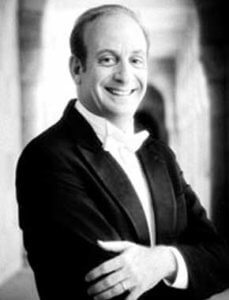 Last October, I was introduced to the Rhode Island Philharmonic Orchestra by a friend who sings with the Providence Singers. Under the superb direction of guest conductor Bramwell Tovey, the orchestra and singers performed Mozart’s “Requiem Mass in D Minor” on
Last October, I was introduced to the Rhode Island Philharmonic Orchestra by a friend who sings with the Providence Singers. Under the superb direction of guest conductor Bramwell Tovey, the orchestra and singers performed Mozart’s “Requiem Mass in D Minor” on 